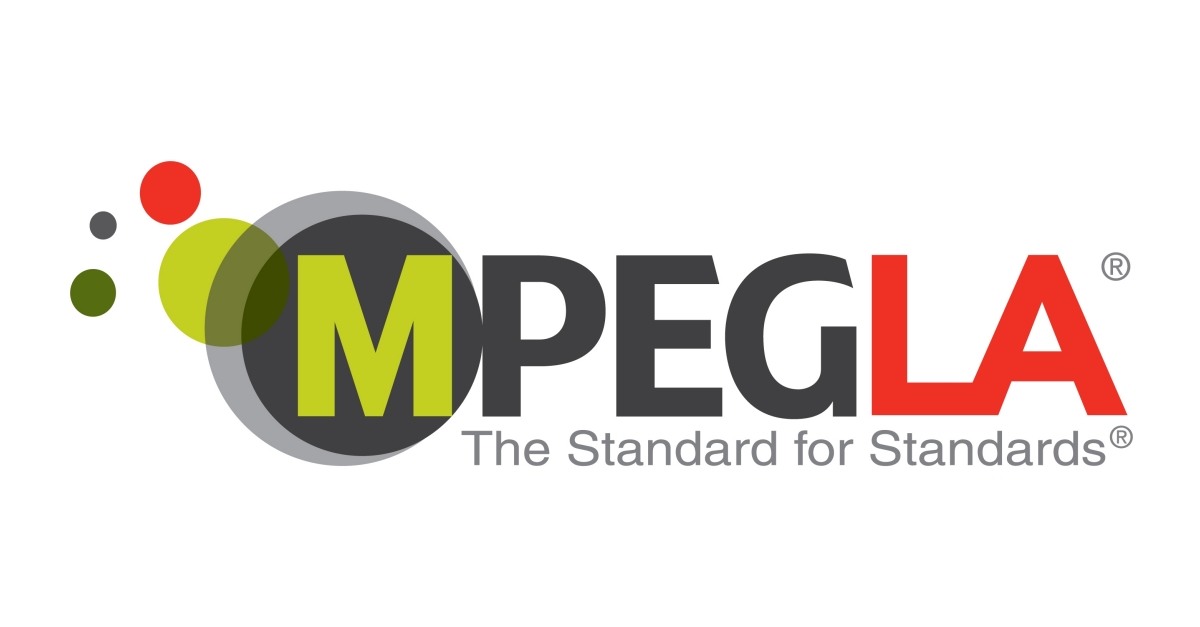NextGen TV: MPEG LA Offers One-Stop License for ATSC 3.0 Related Patents
The patent pool of essential 3.0 technologies will speed up the development of new receivers and consumer products for NextGen TV services

DENVER—In an important development that should simplify and speed up the launch of NextGen TV receivers and consumer products, MPEG LA has announced the availability of the ATSC 3.0 Patent Portfolio License providing a one-stop way of licensing patents that are essential to the next generation broadcast standard developed by the Advanced Television Systems Committee (ATSC).
The initial ATSC 3.0 Patent Portfolio License for the ATSC 3.0 standard includes essential patents from 13 worldwide organizations.
“MPEG LA is proud to continue its role in support of the broadcast industry’s next generation terrestrial broadcast system that began with our licenses for the ATSC 1.0 standard and the MPEG-2 video compression standard used in ATSC 1.0,” said MPEG LA president and CEO Larry Horn. “As a convenience to ATSC 3.0 implementers and the potential that ATSC 3.0 brings to market, our ATSC 3.0 License will continue MPEG LA’s rich and reliable tradition of addressing the market’s need for transactional efficiency and predictability in accessing necessary intellectual property rights owned by many different organizations under a single license. We are especially proud to be joined in this effort by leading ATSC 3.0 developers from all over the world.”
The launch of the ATSC 3.0 patent pool was applauded by One Media, LLC, a joint venture between Sinclair Broadcast Group and Coherent Logix and a major proponent and developer of ATSC 3.0 technologies.
One Media noted that the formation of the ATSC 3.0 Patent Pool by MPEG LA will dramatically simplify the efficient licensing of the new ATSC 3.0 broadcast technology in multiple-receive devices, easing the distribution and deployment process.
“The ability to offer this remarkable technology to consumer equipment manufacturers in a simple, all-encompassing license should ease the process of deploying sophisticated new receivers to consumers worldwide,” said Jerald Fritz, executive vice president of One Media. “We congratulate MPEG LA for helping shepherd multiple international entities toward this common goal.”
Patent pools provide for a consortium of companies agreeing to combine related intellectual property and offer “one-stop licensing” to vendors that want to include the technology in their equipment for sale to the public. MPEG LA has been a pioneer in the formation and management of these types of pools, establishing reasonable royalty rates for licensing patents needed to implement the technology, One Media said.
Get the TV Tech Newsletter
The professional video industry's #1 source for news, trends and product and tech information. Sign up below.
The initial patent owners to MPEG LA’s ATSC 3.0 License are CableTelevision Laboratories, Inc.; Cerinet USA Inc.; Communications Research Centre Canada (CRC), part of Innovation, Science and Economic Development Canada; Dolby Laboratories Licensing Corporation; Fraunhofer-Gesellschaft zur Foerderung der angewandten Forschung e.V.; Koninklijke KPN N.V.; Koninklijke Philips N.V.; NEC Corporation; Nippon Hoso Kyokai; ONE Media, LLC; Panasonic Corporation; Shanghai National Engineering Research Center of Digital Television Co., Ltd (NERC-DTV); and Sun Patent Trust.
The ATSC 3.0 Patent Portfolio License and a summary of the License terms may be obtained here.
MPEG LA noted that its objective is to offer worldwide access to as many ATSC 3.0 essential patents as possible to everyone on the same terms under a single license. It is also encouraging owners of patents that are essential to the ATSC 3.0 standard to contact MPEG LA so that their patents can be evaluated by MPEG LA’s patent experts and included in the License if they are deemed to be essential.
Interested ATSC 3.0 patent owners may request a copy of the terms and procedures governing patent submissions here.
George Winslow is the senior content producer for TV Tech. He has written about the television, media and technology industries for nearly 30 years for such publications as Broadcasting & Cable, Multichannel News and TV Tech. Over the years, he has edited a number of magazines, including Multichannel News International and World Screen, and moderated panels at such major industry events as NAB and MIP TV. He has published two books and dozens of encyclopedia articles on such subjects as the media, New York City history and economics.

